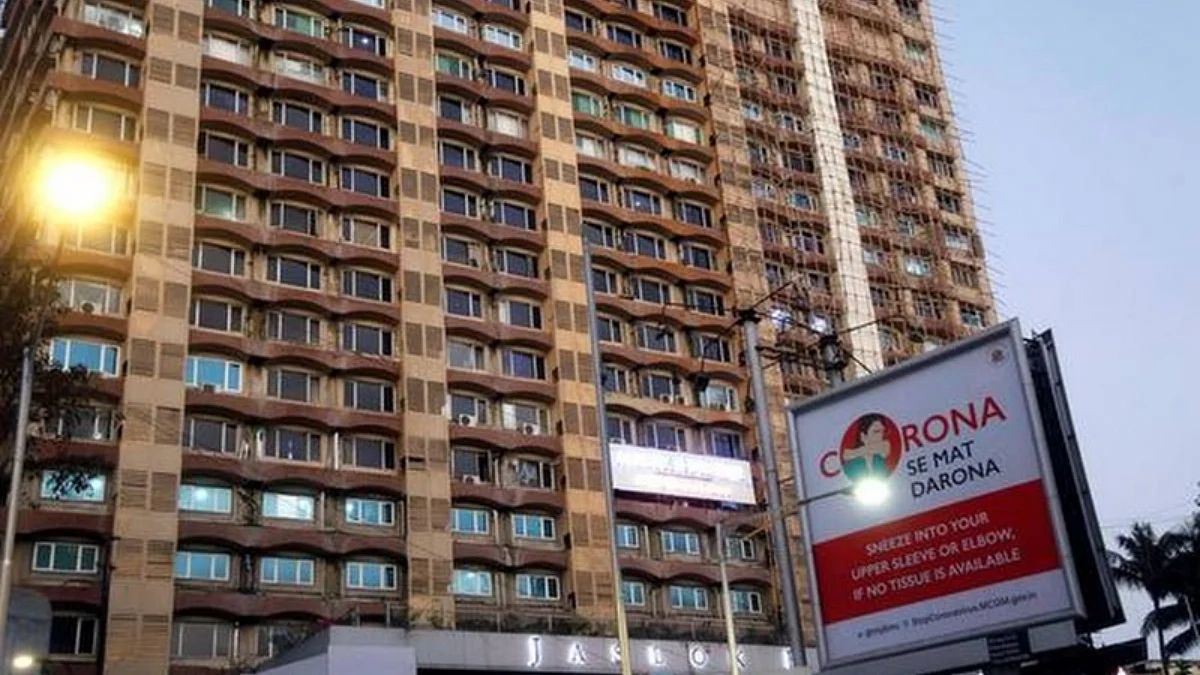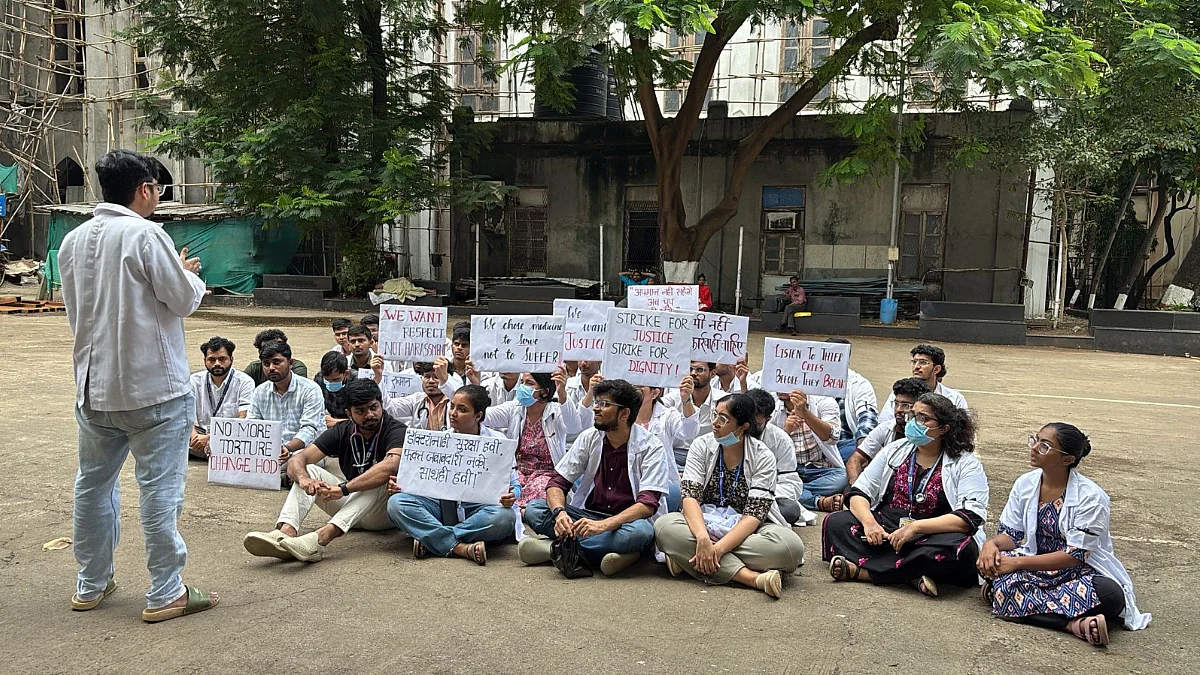Indians are paying goods and service tax (GST) on everything from groceries to cosmetics and meals in restaurants, since it replaced different levies for everything. A collection of more than Rs 1 lakh crore a month for 16 months straight, indicates that the unified tax has proved to be success in India. Following festive season, the GST collection for October has breached the Rs 1.5 lakh crore mark for the first time since it hit record levels in April.
Inflation behind the rise?
In line with expectations, the GST inflow has been Rs 1.52 lakh crore for the past month, as people were spending more on luxury goods. Higher tax collection does sound like a good thing, but high inflation plays a role in more levies flowing in, while it also indicates rising imports. So even though more cash is filling up the government’s coffers, it simply means that people are paying high taxes on high prices, with RBI failing to curb retail inflation for three straight quarters.
More imports than exports?
Inflation which hit a five-month high of 7.30 per cent in September may also increase nominal GDP, which is simply a measure of the output for a certain period. But with higher prices, the value of the nominal GDP might be more even if the output doesn’t go up significantly. The higher GST collection could also indicate increased revenue from imports, which is worrying since India faces a widening trade deficit, which can increase pressure on the rupee.
Production also up
On the other hand the Purchase Manager’s Index (PMI) which indicates production activity in the country, has gone up from 55.1 to 55.3 between September and October. This was driven by higher consumption during the festive season, but that may come down as inflation takes a toll on rural demand in the country.
The overall impact on demand can also affect GST collection in the months to come. Despite the high GST collections, fiscal deficit hit Rs 6.2 lakh crore since the government spent more than it earned in first six months of FY23.










